Most people judge a fruit by its peel—vivid reds, sunny yellows, and sunset oranges steal all the attention. But sometimes, the real surprise is under the skin. Slice open certain fruits and you’ll find a striking green interior, bursting with flavor, nutrients, and character.
From the creamy flesh of a ripe avocado to the jelly-like center of a kiwano, green-inside fruits are more common—and more diverse—than you’d think. Some are sweet, others tart, and a few are downright bizarre. Yet each one adds its own shade of green goodness to the fruit spectrum.
So let’s peel back the surface and explore fruits that are green on the inside—some familiar, some exotic, but all worth discovering (and tasting).
1. Kiwi
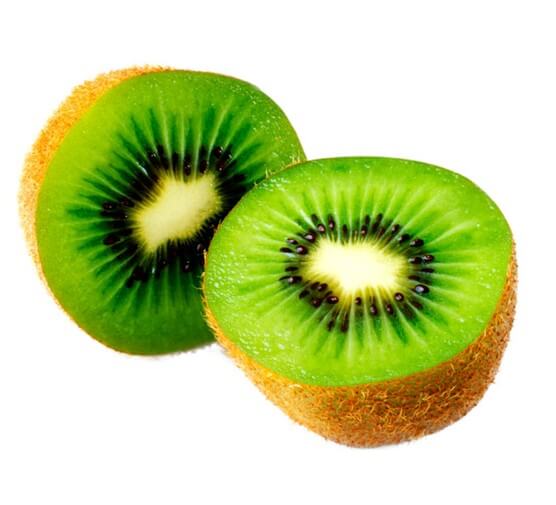
The kiwi’s fuzzy brown skin hides a stunning emerald-green interior dotted with tiny black seeds in a radial pattern. The flesh is juicy with a zesty, sweet-tart flavor, rich in vitamin C and antioxidants. Originally from China, it’s now widely grown in New Zealand and other temperate regions.
2. Honeydew Melon
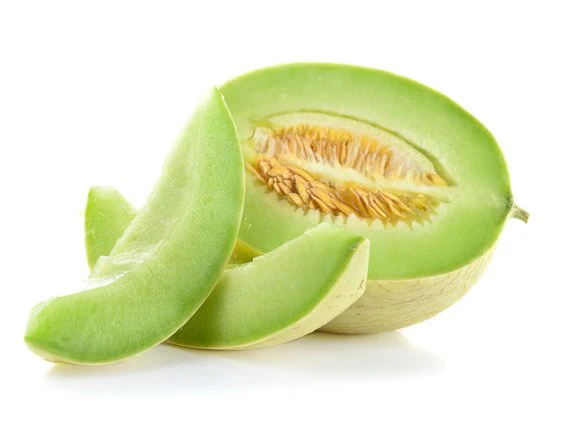
Beneath its smooth pale rind, honeydew offers crisp, pale-green flesh that’s refreshing and subtly sweet. It’s a summertime favorite often enjoyed in fruit salads or chilled slices. High water content makes it hydrating, while its potassium and vitamin C add to its nutritional value.
3. African Cucumber (Kiwano)
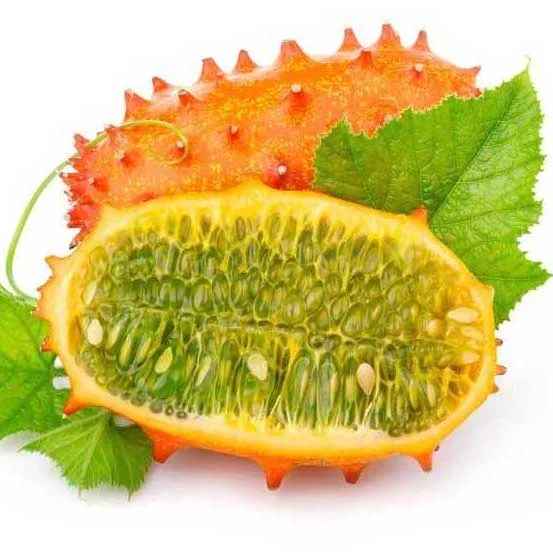
Also known as horned melon, this exotic fruit has a spiky orange rind and vibrant, jelly-like green interior. The taste is mildly tart with hints of banana and cucumber. Popular in African cuisine, it’s both decorative and edible—often scooped raw or blended into drinks.
4. Avocado
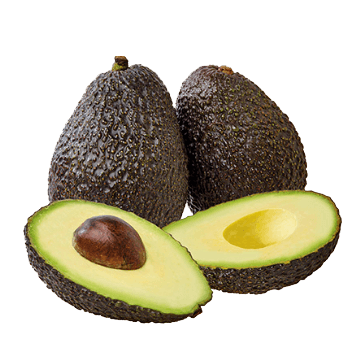
Creamy and rich, the avocado’s pale green interior is encased in a pebbled dark skin. High in healthy monounsaturated fats, it’s a versatile fruit used in savory dishes like guacamole, salads, and even smoothies. It’s technically a berry with a single large seed.
5. Chayote
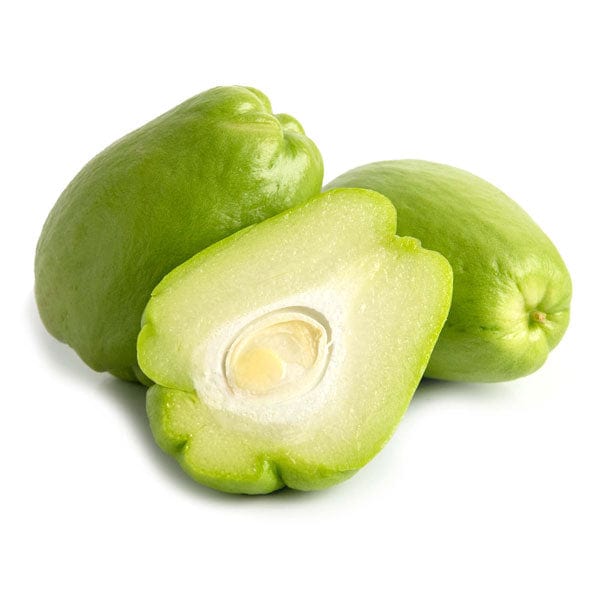
Also called vegetable pear or mirliton, this light-green squash-like fruit has a crunchy, mild-flavored green interior. Common in Latin American and Southeast Asian cuisine, it can be eaten raw, sautéed, or boiled. It’s low in calories and often treated as a vegetable.
6. Green Grapes
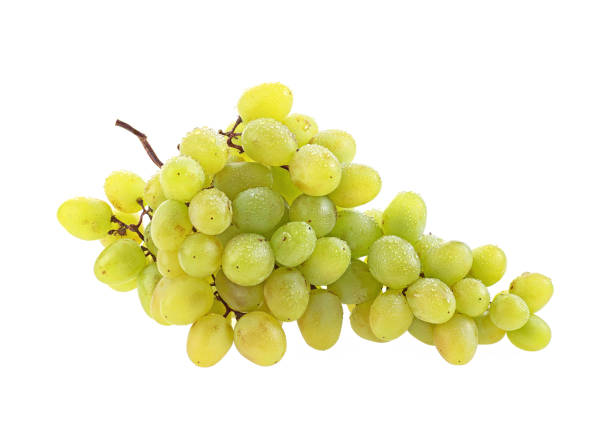
Seedless or seeded, many green grape varieties reveal a translucent green interior that’s crisp and juicy. They’re a popular snack, used in winemaking (white wine), or tossed into salads. Rich in vitamin K and polyphenols.
7. Green Prickly Pear
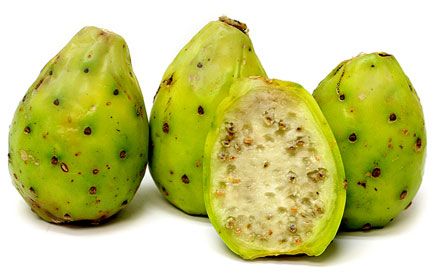
The green-skinned prickly pear (from cactus) can have pale green flesh with a delicate sweetness. It’s often used in Mexican cuisine for juices, jams, or eaten raw after de-spining. Packed with antioxidants and known for its hydrating properties.
8. Gooseberry
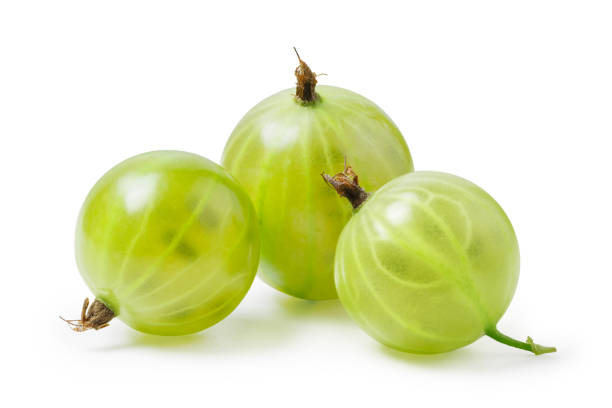
Often small and round, gooseberries range from translucent to bright green with a tart, tangy taste. Used in jams, pies, or chutneys, they’re packed with vitamin C and fiber. The Indian variety (amla) is especially prized in Ayurvedic medicine.
9. Green Plums (e.g., Kakadu Plum)
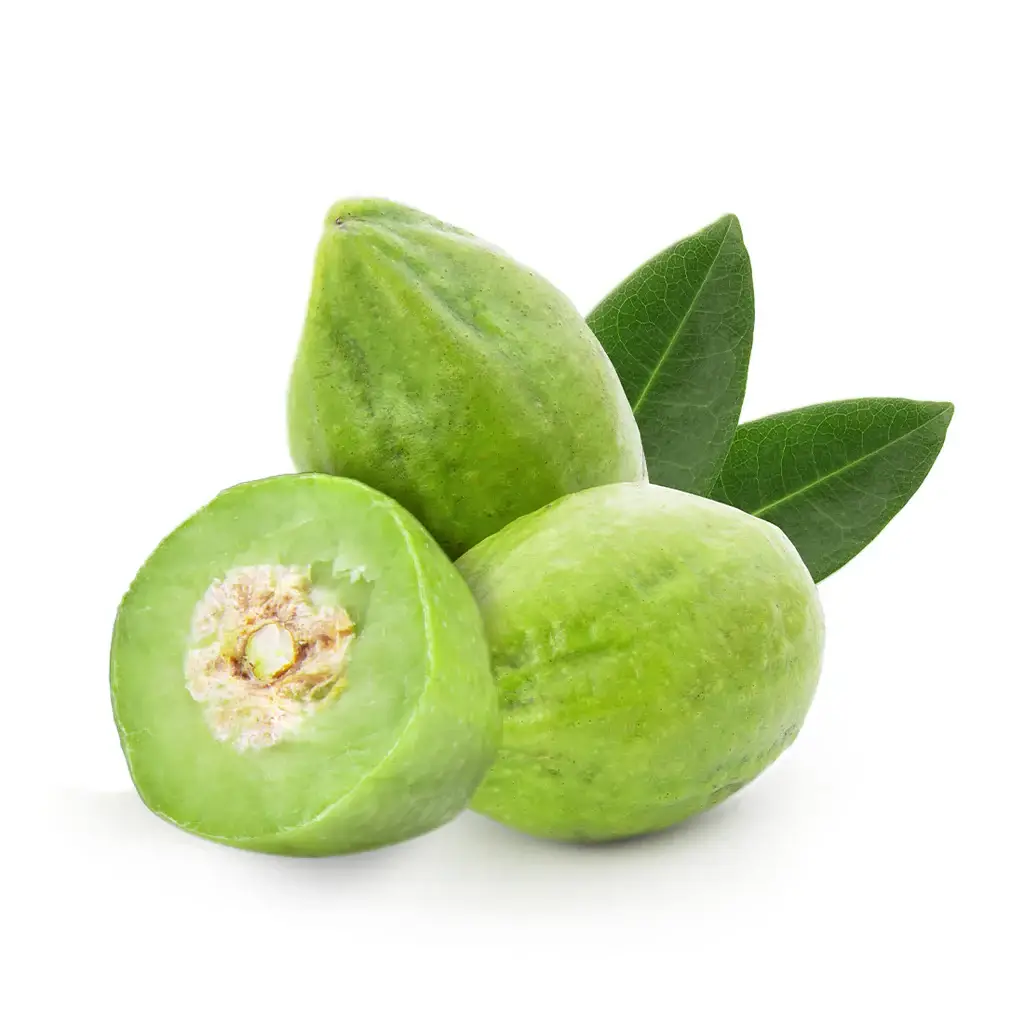
The Kakadu plum, native to Australia, has light green flesh with an extremely tart flavor. Known for its incredibly high vitamin C content—over 50 times that of oranges—it’s often used in supplements, sauces, and preserves.
10. Olive
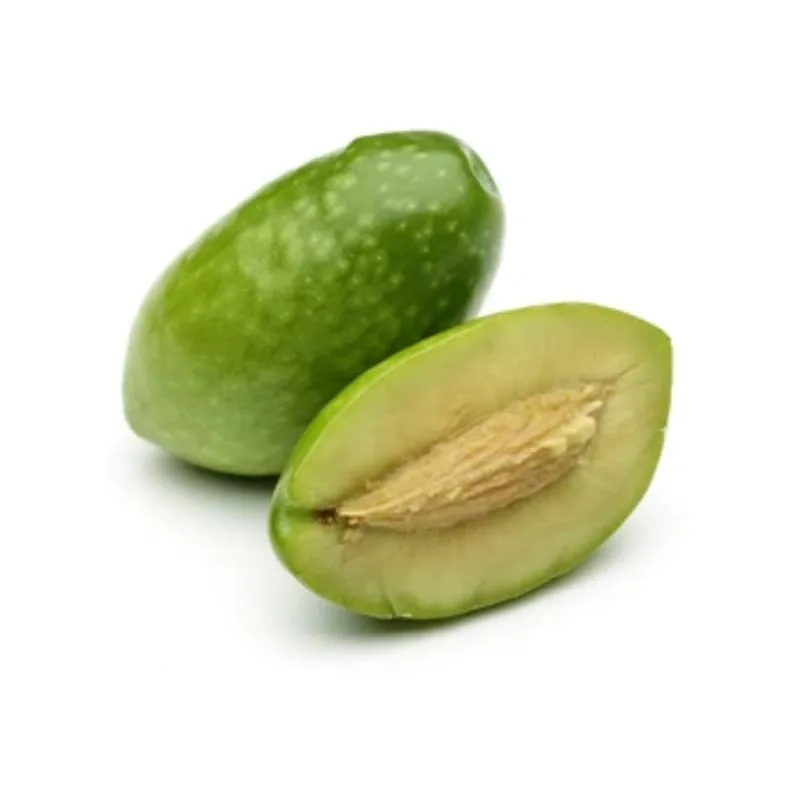
While we mostly know olives for their salty, brined exterior, raw green olives have pale green interiors with a dense, oily texture. They’re bitter when raw but gain flavor through curing. A key source of healthy fats and widely used in Mediterranean cuisine.
11. Neem Fruit
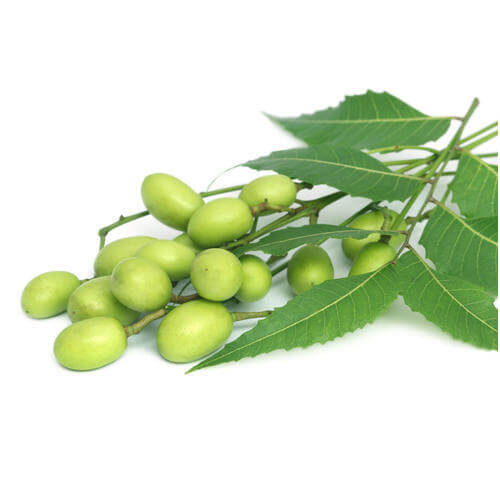
This medicinal fruit has a thin green skin and light green pulp when unripe. Bitter in taste, neem fruit is used in traditional medicine for its antibacterial and anti-inflammatory properties. Not typically eaten for flavor, but for health benefits.
12. Starfruit (Carambola)
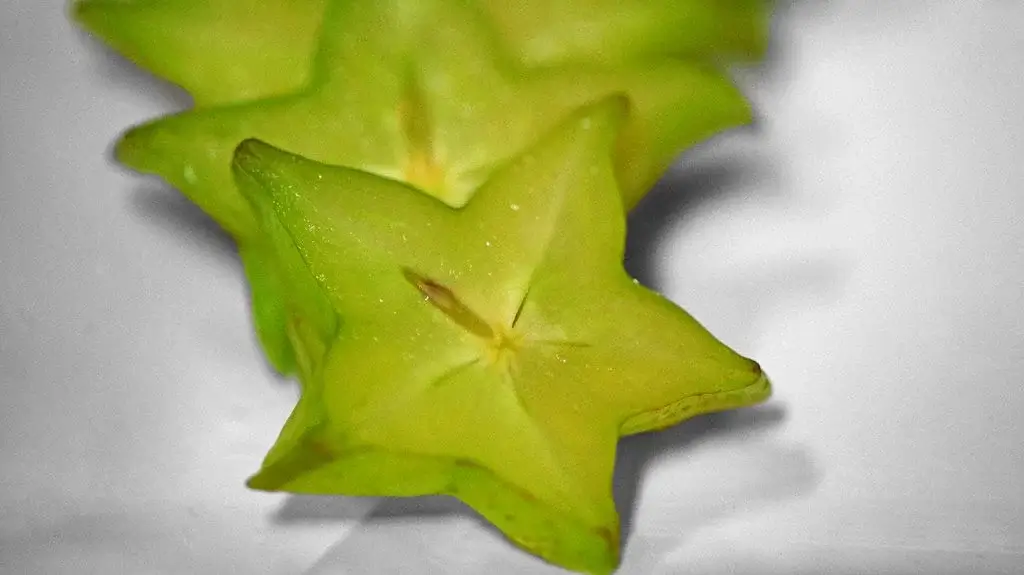
Light green when unripe, both the skin and flesh of starfruit have a crisp texture. As it ripens, it turns yellow, but some varieties retain green flesh even when edible. The taste ranges from mildly sweet to tangy. It’s eaten raw, juiced, or sliced for decoration.
13. Bilimbi
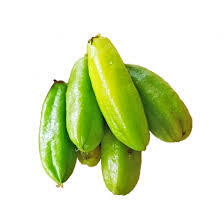
Closely related to starfruit, bilimbi has a shiny, green exterior and a juicy green interior with intensely sour pulp. Common in Southeast Asian cuisine, it’s used for pickles, chutneys, and souring agents. Rich in antioxidants and vitamin C.
14. Bottle Gourd
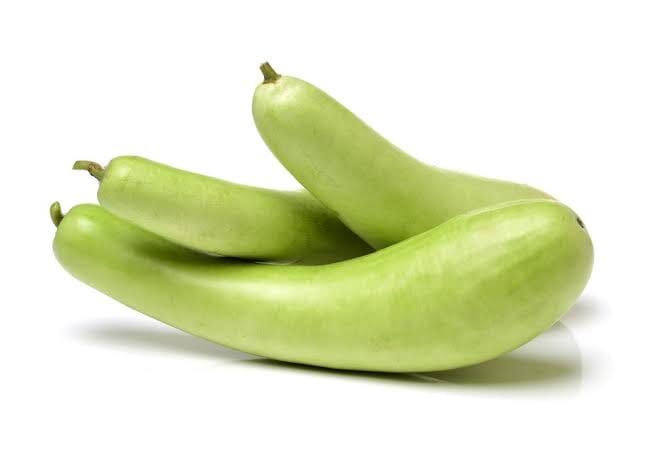
Also known as calabash or lauki, bottle gourd has a white-to-pale-green interior surrounded by a smooth, light green skin. It’s bland but cooling, often used in curries, stews, or grated into savory pancakes. Low in calories, high in hydration.
15. Italian Prune (Unripe)
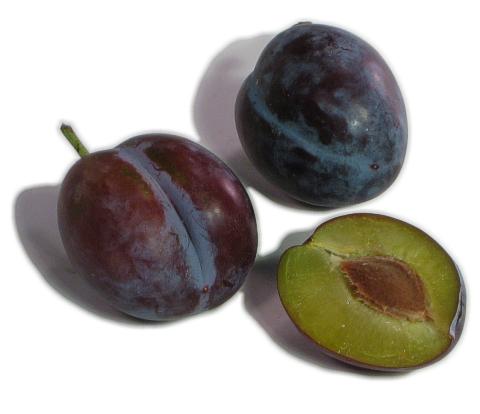
When unripe, Italian prunes (a type of plum) can show a greenish hue inside, though they turn yellowish or reddish as they ripen. Their flesh is dense, with a sweet-tart flavor that intensifies when dried into prunes. Great for snacking or baking.
16. Bergamot
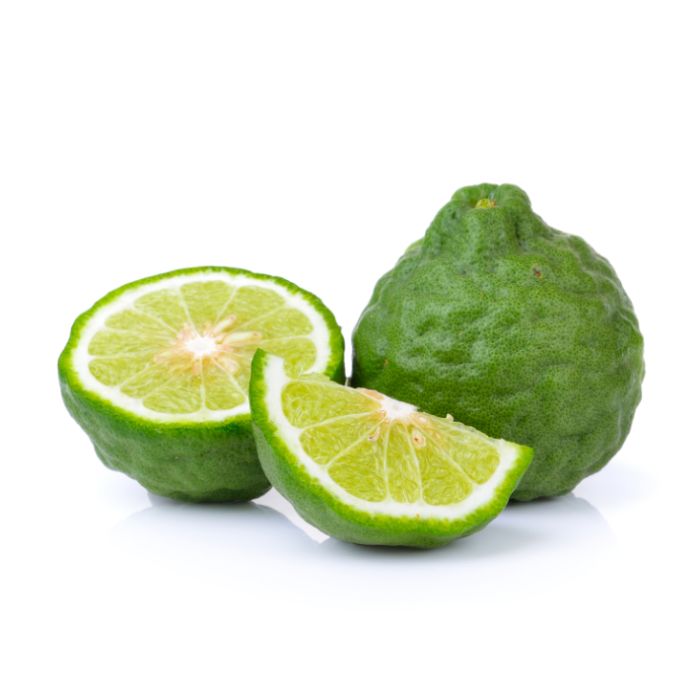
This citrus fruit resembles a small orange or lime with green skin that may mature to yellow. Inside, its flesh can remain green, offering a tart and fragrant profile. It’s rarely eaten raw but is famed for its essential oil—used in Earl Grey tea and perfumes.
17. Cucamelon
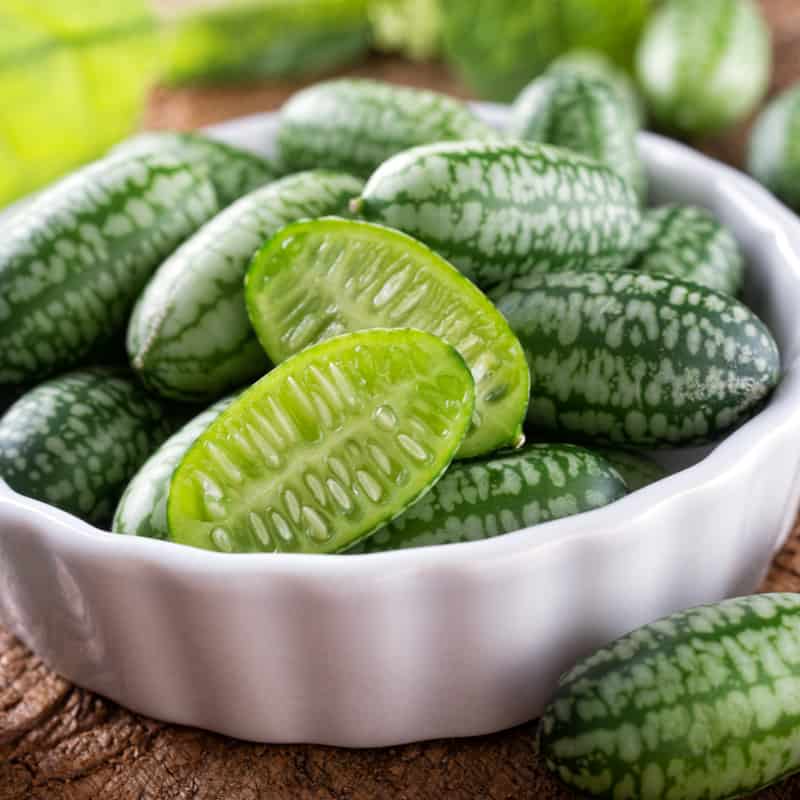
Tiny and cucumber-like, cucamelons have green speckled skin and a bright green interior. The taste resembles cucumber with a tangy lime twist. Often eaten whole, pickled, or tossed into salads, they’re high in fiber and antioxidants despite their petite size.
